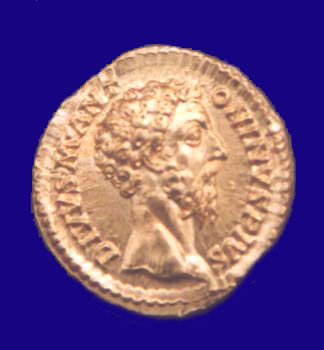As the second week of term dawned here I organisationally ploughed into the dirt somewhat, and started missing things I’d wanted to go to. The first lecture was probably an active factor here, but I was very much struggling to work out a daily routine that would let me actually get incidental things done as well as routine ones, and to be honest I still am. It’s not much of a post to say what I missed, but I just want to take stock, avoid any expectations of particular seminar reports and beg for notes or guest entries from anyone who made them, I guess.
I did not make it to Gabor Thomas presenting at the Medieval Archaeology Seminar here on 18th October, which was a pity as Gabor is a man who can make strap-ends interesting so to hear what he’d do with material like, “Recent excavations at Lyminge: settlement, community and conversion in the Anglo-Saxon kingdom of Kent”. If anyone made it to this and would be able to spare a few short words, that would be great, though the project website is a start at least. I did have quite a good reason for not making it to this, though, and we’ll come to that next post.
Likewise, I did not make it down to hear my erstwhile quasi-colleague and friend, I think, yes! friend, Rebecca Day presenting to the Royal Numismatic Society on the 19th October, because I was lecturing the next day, but she has been kind enough to send me a text of her paper, “Late Roman and Byzantine gold coins in the Madras Government Museum – fashion, imitation and the economics of religious devotion”, and I can tell you that it includes, by way of passing reference or deeper exploration, Roman obsession with Indian food, early medieval Indian faking of Roman gold coins (some of which were then exported to China!), 6th-century Tamil poetry and 9th-century Byzantine flat-earthism, which is I reckon a reasonable amount of bang for the aureus. I can say more about this if you would like, and if she doesn’t mind, but I hope and assume that it will be published.
Then the next day I didn’t make it to London again, this time for Professor Simon Keynes, presenting the David Wilson Lecture for the Joint Institute of Archaeology and British Museum Medieval Archaeology seminar and the Institute of Historical Research Earlier Middle Ages seminar, on “The Archaeology of Æthelred the Unready”, and although I have been hoping notes might appear on the Cambridge ASNC Department’s blog, as yet no such luck. I actually saw Professor Keynes a few days later at a meeting of the Sylloge of Coins of the British Isles/Medieval European Coinage committee, on which I now have the honour to serve (which means it’s my fault once more, though it’s not my fault the webpage hasn’t been updated any more…), and he said there was no text, as such, and that may be why. Still, again, I’d welcome comments from anyone who was there and feels able to offer them.
Between Professor Keynes and Dr Thomas that was two of the more relevant things to what I’m teaching that I might have gone to, and I didn’t, so it was ironic that the next thing I did make it to was Alexander Russell presenting at the Medieval History seminar here on 25th October, to the title, “England’s Involvement with the General Councils of the Church, 1409-1449″, which was I think not something I myself can use, though there were lots of interested questions from others and it was certainly interesting of itself. I’ve expressed uncertainty about whether I should cover these here already, however, and I think that I won’t this one, as it’s far enough out of my period that I feel under-qualified and also I don’t think the speaker would expect or necessarily welcome it. But I was at least reminded that I should really know more about Lollards if I’m going to go round doing things like this.1
So, I offer those mainly as points of discussion. Blogging will resume with the standard ridiculous self-promotion and then with a pedagogical question for those of you in the USA, and finally a proper IHR seminar report such as is expected by the readers of what I have now heard called “your improving blog”, and readers, he meant it transitively. I am not sure this post will have improved you much but, if not, better luck soon!
1. If you feel an urge to say something like O HAI CEILING LORD CAN HAZ FREE WULL PLZ at this point, at least provide the accompanying macro. (And if you have no idea what I mean, you may as well start with the big one…
Filed under: Anglo-Saxons, archaeology, England, Institutions, Italy, Next paper is due..., numismatics, Uncategorized




